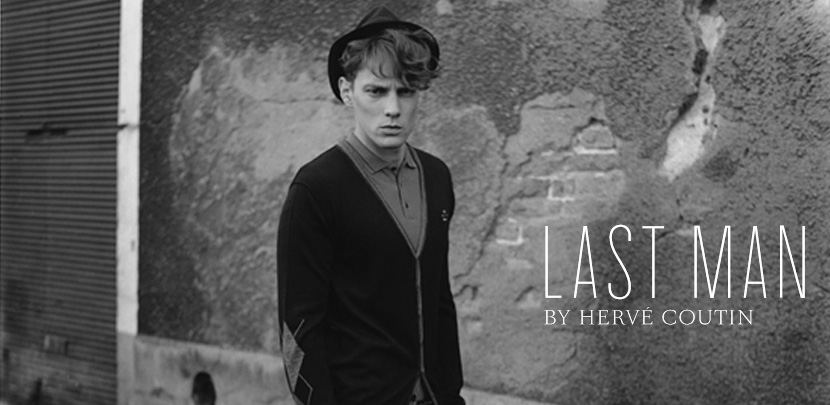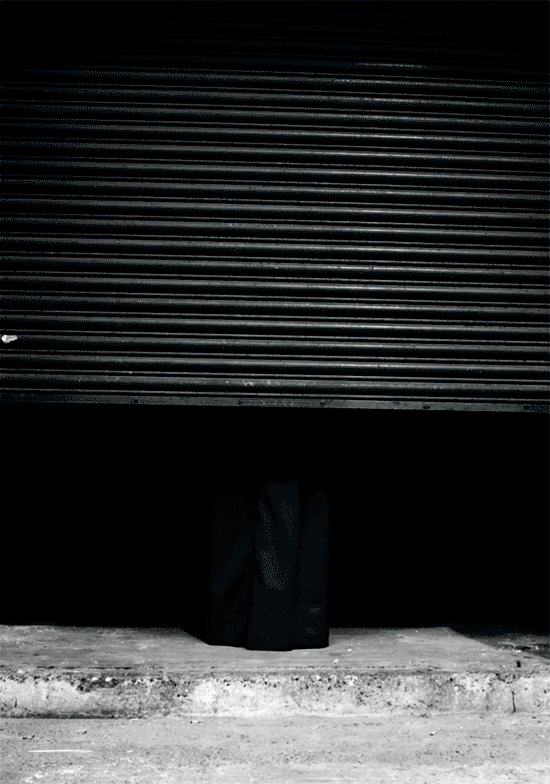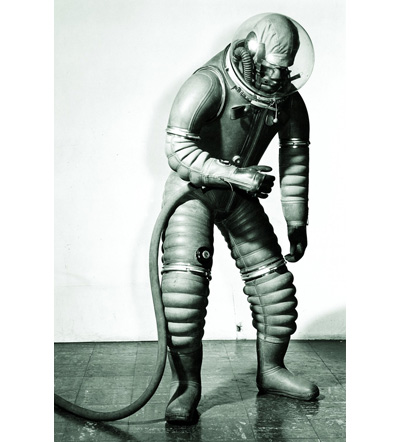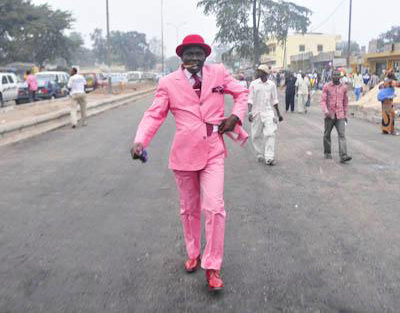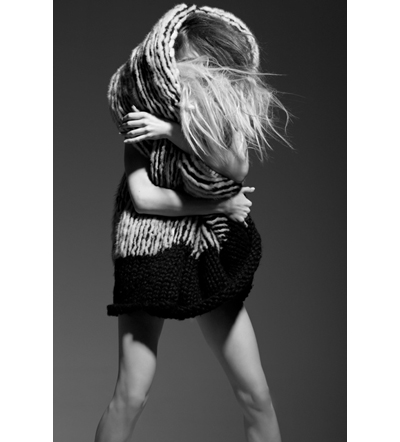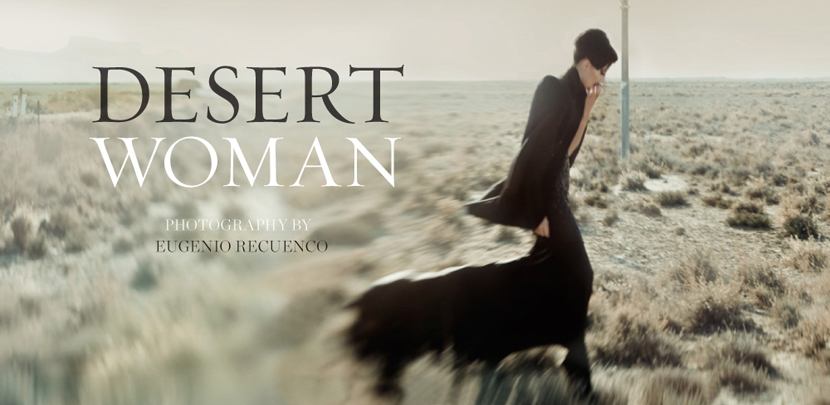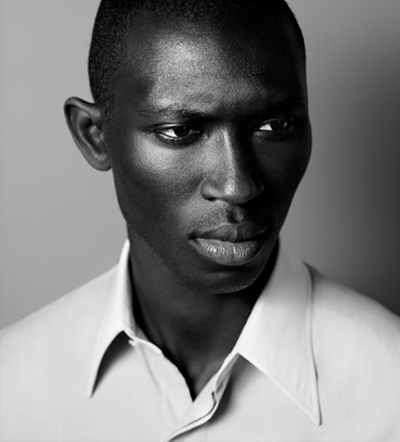
Shirt by A. Sauvage
Few fashion houses have a a mantra like D.E.– Dress Easy, and a film showcased at the Sundance Film Festival.. The orchestrator behind it all: Adrien Sauvage, founder of the House of A. Sauvage. In 2011, Sundance film Festival showcased This is Not A Suit, a sort of existential enquiry about the designer and his collection, reminiscent of Absurdist plays such as those by Samuel Beckett. The film features Sauvage in a room in solitude, as a voice over explains,“the art of D.E.”
The film is also the title of an ongoing project that involves Sauvage dressing those close to his heart–from filmmakers and musicians like Spike Jonze, Terry Gilliam, and Eliot Sumner, to sports veterans like Sauvage himself, who was a professional basketball player during his youth. Changing focus from sports to the art of Savile Row at 20, every representation of Sauvage’s brand is striking. His methodology of creating suits according to activity (for example, what is the perfect suit for grabbing a cup of coffee?), the presentation of his collection, both still and in motion, and the words used to string all elements together–Sauvage is a creator who knows what he’s doing and it comes through in everything he does. Sauvage’s aim is to create a timeless existence, unconfined by seasons and trends. As the voice over states in This is Not A Suit, Sauvage indeed “constructs his own time” and this is what makes his brand so seductive.




 Facebook
Facebook Permalink
Permalink Digg
Digg Reddit
Reddit LinkedIn
LinkedIn StumbleUpon
StumbleUpon Tumblr
Tumblr


